SUMMARY
This is AI generated summarization, which may have errors. For context, always refer to the full article.
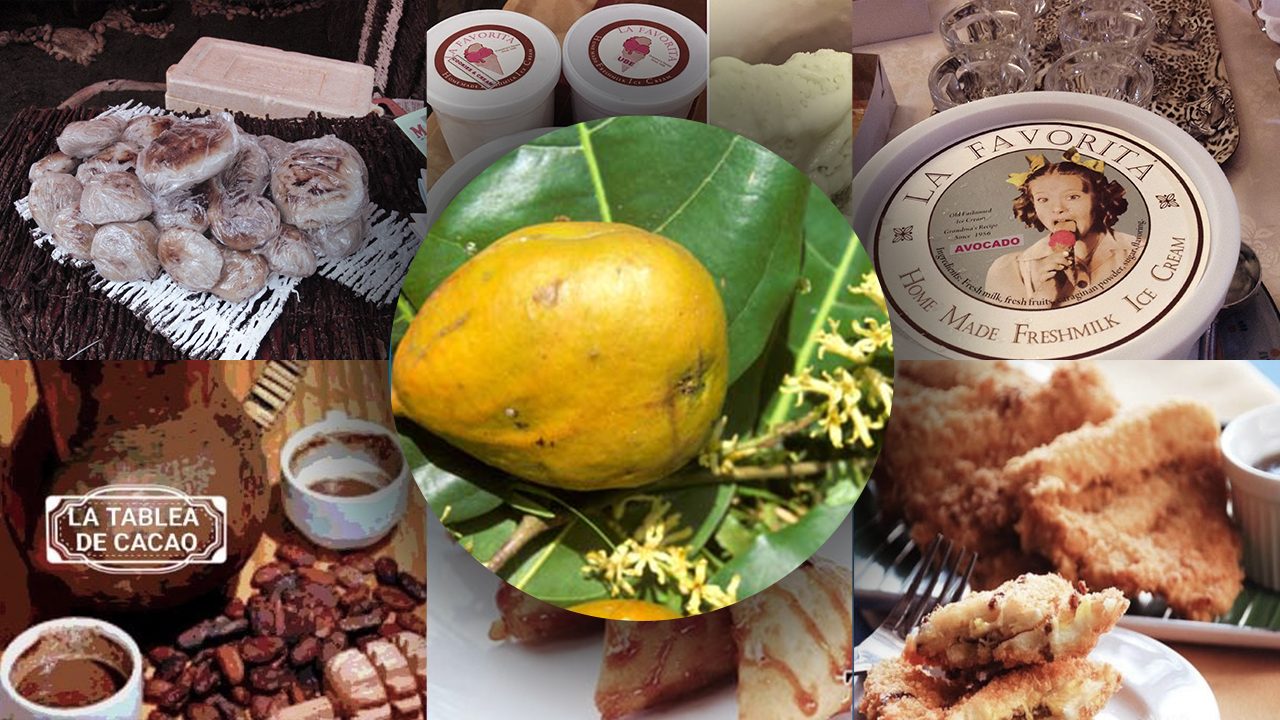
CAGAYAN DE ORO CITY, Philippines – The culinary heritage of a particular locality starts with home cooking, and this is certainly one aspect where Cagayan de Oro would not be found wanting.
In Memories of the Old Hometown, her seminal book about old Cagayan de Oro, Gwendolyn Ramos Garcia devoted a full section to recalling how enjoyable it was to get something to eat in the old town.
Not only were traditional delicacies like the corn cake binaki tasty and cheap, you knew exactly where to go to find them, like the fresh-milk puto from the Sorianos; the yemas, brazo de mercedes, sans rival and boat tarts of the Dayrits; banana candies from the Ellosos; Flor Jaldon’s soft, round coconut candies in colorful cellophane wrappers.
During those days, most food enterprises were home-based, and Garcia learned to make keseo or kesong puti, bread pudding, mango jam, and fresh milk ice cream churned from a hand-cranked ice cream maker called a garapinera.
When there was a birthday in the house, most everyone knew where to go for their favorite pastries and snacks: Luz Macaranas for her special ensaimadas, fresh lumpia, torta, and masa podrida; the Castaños for empanadas; Iling Fernandez for pastillas de leche made from fresh carabao’s milk; and last but not the least, manticao and crema de fruta from the Neri sisters Perla and Flor.
Most of the time, residents didn’t have to go far to enjoy a snack. Many families enjoyed tsokolate at breakfast and dinner made from their backyard cacao trees.
Another readily available delicacy then that is now very rare was the kayam (Tahitian chestnut or Polynesian chestnut) which was usually boiled. It was much bigger and tasted like the castañas chestnuts.
But the fruit of one tree in the backyard continues to be relevant even today.
“Casuy is a very versatile nut. It is a local favorite,” said Eileen San Juan, director of the VIP Hotel and former president of the Cagayan de Oro Hotel and Restaurant Association.
VIP Hotel has resurrected the traditional turon with a twist, serving it with dips of coffee-flavored syrup and casuy cream sauce. Before the pandemic shutdown, one could still enjoy the old Kagay-an street food take-offs in VIP Hotel’s Calle Lobby Cafe such as the camote-cue Camote Triangles, and the ubiquitous maruya aka crispy banana with jackfruit sauce.
Family specialties like the keseo and the fresh carabao milk ice cream of Mitos Ortigas may have taken their time getting into the commercial mainstream, but others such as the popular VIP siopao and fresh corned beef of the Canoy family, which started as part of the VIP Hotel’s menu, were spun-off in their Best Bakeshop.
During the ‘80s, there were few specialty bake shops: Gloria Dychauco’s Pots’n’Pans, the Robillos’ family Rosita’s Bakeshop, Helen Itchon’s Merrymaid, and Carol Abriña’s eponymously-named snack bar and bakeshop.
What the locals did whenever they hosted a party or celebrated a milestone was order specialties from families like Cuala Tablan’s moist chocolate cake, which you had to order personally from her residence in Mabini-Burgos street.
Of course, you could also save yourself the trouble of having to host the event in your home by having it in a local hotel or restaurant, but even then that was considered very expensive and only for the elite.
Favored venues included the VIP Hotel’s venerable Embassy Hall (later Mandana Hall) or the smaller but classier Comedor Real (later Casa Real) on the top floor. Two other popular party venues back then were Caprice-by-the-Sea and the Caprice Steakhouse along Velez Street.
“But the only party venue for many years was the old casino owned by Ating and Puring Gabor along Divisoria,” Garcia recalled. “It was also the only source of Magnolia Ice Cream then.”
Much later, there was the Gabors’ Tivoli, the Ice Cream Palace, and a short-lived Coney Island Kiosk across Roket Theater on Capistrano Street.
When it wasn’t possible to cook lunch or dinner at home, residents had their choice of either pansit guisado or sari-sari from Bagong Lipunan Kitchenette or Yee’s Restaurant, both of which continue to do thriving business in this niche in the present realm of fast-food and fine dining establishments.
And of course, when Christmas came around, no self-respecting Kagay-anon home would be complete without the famous hams from Oroham, Pine, and SLERS.
Cebuano-speaking peoples were often inclined to sinugba or ihaw-ihaw during those days although not on the scale they do now. Payag in Gusa and Amakan along Pabayo street were two of the more popular places where one could get a decent barbecue.
The more budget-conscious went to Chicken a la Carte along Toribio Chaves Street or its bigger branch near Rizal Street.
Before the fast-food wave hit the shores of Cagayan de Oro, local entrepreneurs strove to fill the gap. Among them were Elpie and Rose Paras’ Sesame Sandwich Shop (its Big Bird Burger was a worthy counterpart of McDonald’s Quarter Pounder), Roxy’s Diner, Sugbahan Central, and Tia Nanang’s Filipino Restaurant – all were local institutions in their day. Elpie’s brother Jess and wife Nena also set up Paolo’s Ristorante, the city’s first Italian Restaurant, originally at the Casa del Chino Igua.
“Paolo’s was proudly the first to serve continental cuisine and later was the first to introduce Japanese cuisine to diversify the menu choices,” recalled Nena. “We also had Piazza de Paolo and Javi’s Bar when we moved to the new place across the street.”
Things started picking up in the mid-’90s when a new breed of entrepreneurs like the yuppies behind Corso Guerlani, Bigby’s Café and Restaurant, and X-Site Live Music Venue got together and organized themselves to promote Havelano Square, an area enclosed by Hayes, Velez, Gaerlan, and Tiano streets, as the new “in-place” to be.
These young professionals expanded the traditional clientele of restaurants and cafes by making them affordable even to university students from the nearby Xavier University-Ateneo de Cagayan, and attractive enough for the young employees and professionals who were starting with their families.
Change may have taken its time arriving in the once sleepy town of Kagay-an, as old-timers often call their beloved hometown, but when it did, it came with a rush that caught even many an unwary resident by surprise, a trend that continues unabated to this day. – Rappler.com
Add a comment
How does this make you feel?
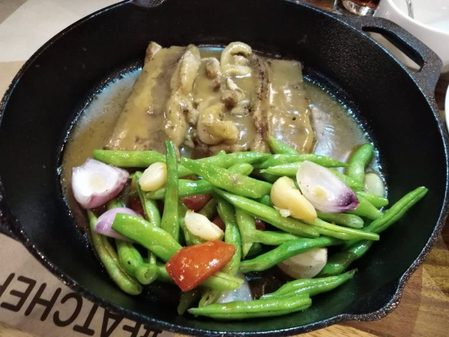
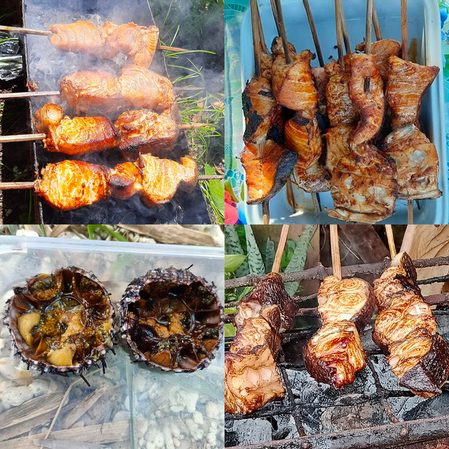

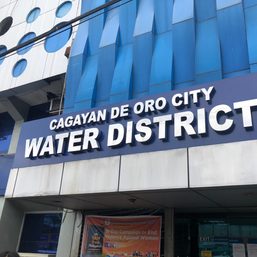

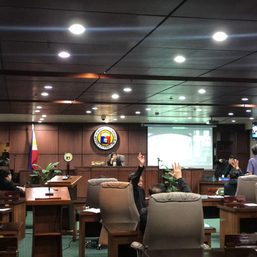

There are no comments yet. Add your comment to start the conversation.